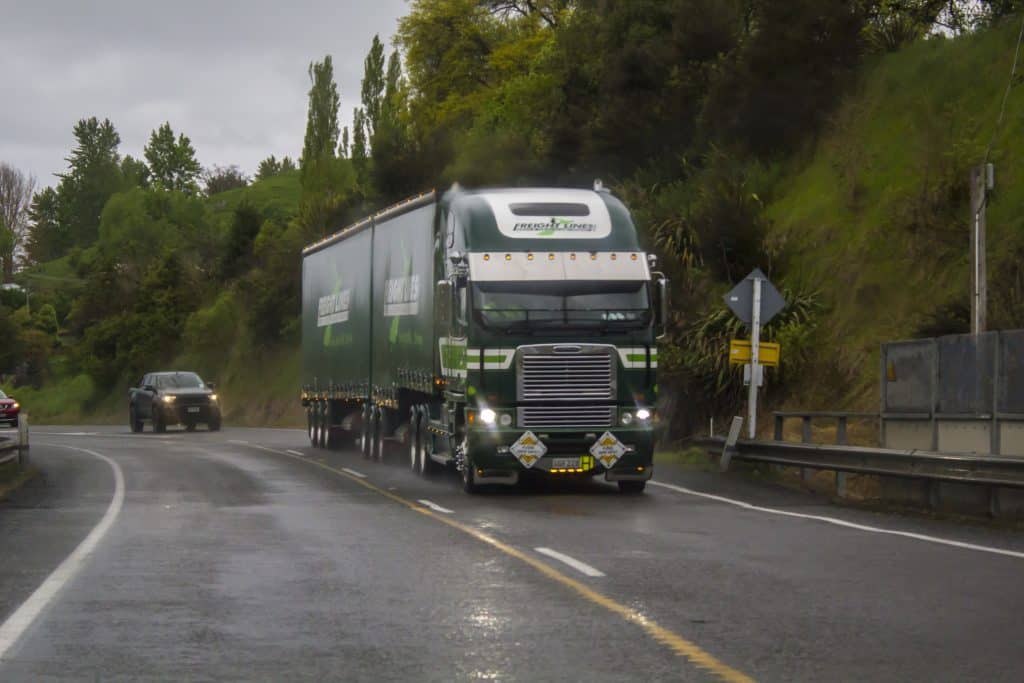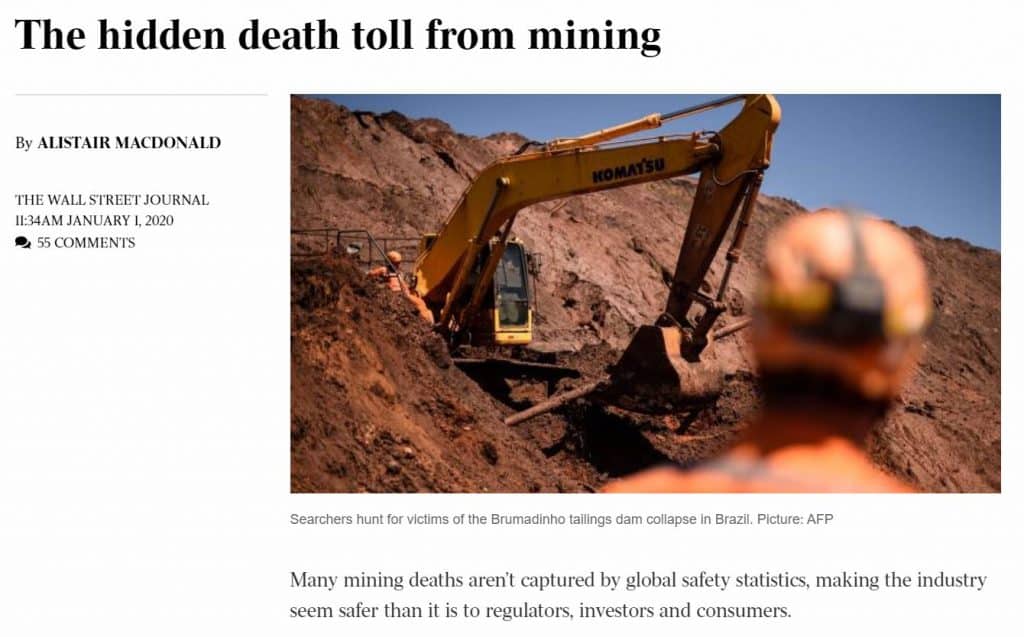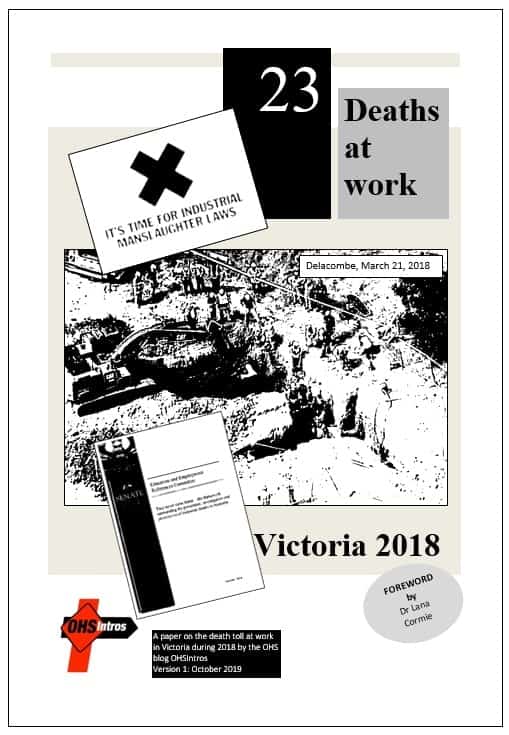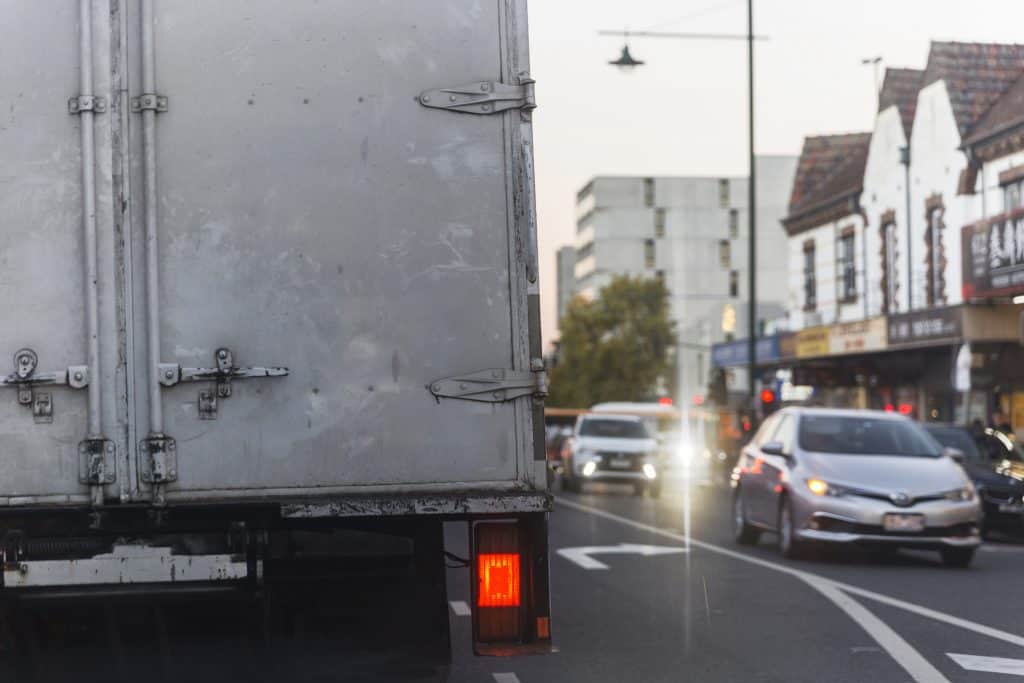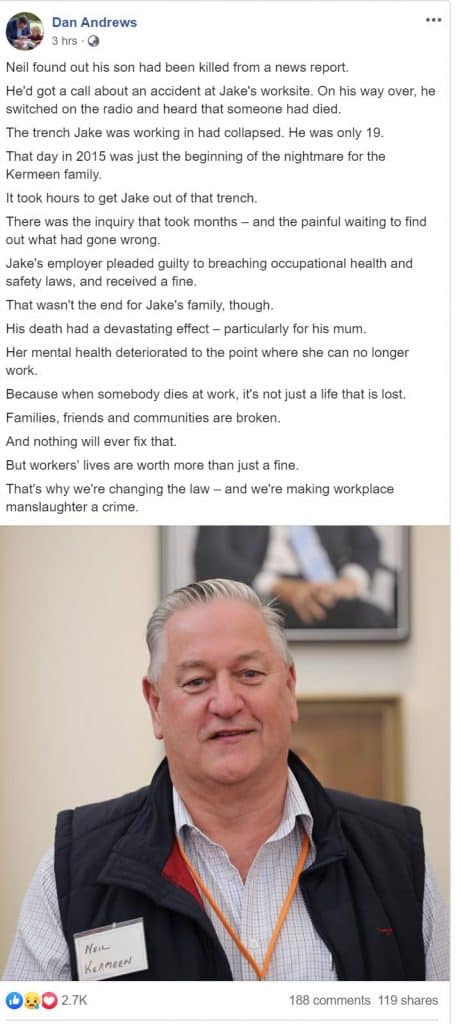On July 1, 2020, Victoria receives the Workplace Manslaughter laws that it missed out on by a bee’s whatsit in 2002. Premier Daniel Andrews will complete another election pledge and will be seen as a champion for Victoria’s workers. The Workplace Manslaughter laws will provide some bereaved relatives with comfort and a belief that bad employers will be punished for neglecting their occupational health and safety (OHS) duties to provide safe and healthy work environments. Punishment is possible, but unlikely.

The first thing that Victorians need to understand is that Workplace Manslaughter laws are not about OHS, they are about politics. It is no coincidence that both Queensland and Victoria’s Workplace Manslaughter laws emerged during election campaigns. Both branches of the Australian Labor Party (ALP) needed to say something about workplace relations that did not involve the hotbed of industrial relations, especially when so much IR change would bring in National politics.
OHS allows people to talk about IR without the trade union politics. OHS is not about money, it is about quality of life and who, in politics or elsewhere, will say that deaths at work are an acceptable consequence? The ALP leaders were on a winner and were able to take some moral high ground and criticise business groups on an issue against which business leaders could not argue.
Continue reading “Victoria’s Workplace Manslaughter laws are a misdirection”
